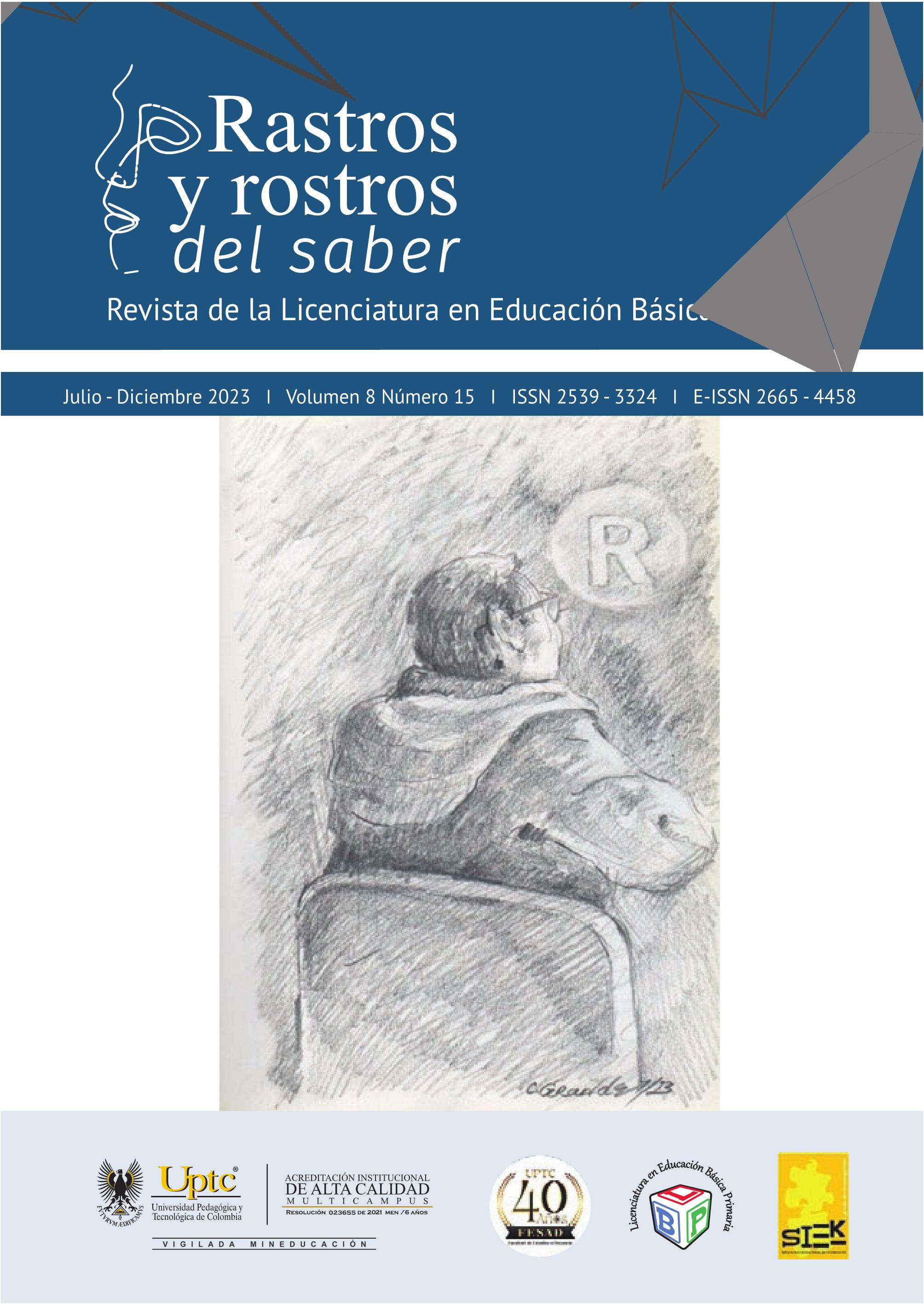Learning together by means of Reading

Abstract
This paper shows how reading short stories in English improved some abilities like oral interaction and reading comprehension in the first semester of Business Administration at a public university in Fusagasugá, Cundinamarca. It was qualitative work is framed in the Action Research. In this work, ten workshops focused on cooperative learning were developed to promote students’ skills in English class. However, although some difficulties were observed when students worked in teams, the development of the workshops favored personal aspects such as self-esteem, inter- and intrapersonal relationships and stimulated constructive attitudes towards cooperative learning.
Keywords
Reading comprehension, cooperative learning, speaking skill, short-stories, English class
Author Biography
Nelson D’olivares Durán
Candidato a Doctor en Lenguaje y Cultura - Universidad Pedagógica y Tecnológica de Colombia. Investigador del Grupo de Investigación Filosofía, Sociedad y Educación de la Universidad Pedagógica y Tecnológica de Colombia.
Clara Liliana Casteblanco Cifuentes
Magíster en Educación - Universidad Pedagógica y Tecnológica de Colombia. Investigadora del Grupo de AION - Tiempos de la Infancia de la Universidad Pedagógica y Tecnológica de Colombia.
References
- Benson, P. & Voller, P. (1997). Autonomy and Independence in Language Learning. Harlow: Longman.
- Cohen, E. G. (1972). Designing group work: strategies for the heterogeneous classroom. New York: Teachers college press.
- Cooper, J. (1990). Cooperative Learning and College Instruction. Long Beach: Institute for Teaching and Learning, California State University.
- Deutsch, M. (1962). Cooperation and trust: some theoretical notes. In M. R. Jones (ed.), Nebraska symposium on motivation, Lincoln: University of Nebraska press.
- D’Olivares, D. N. (2013). Cooperative learning: another way to learn together. Enletawa Journal. N° 6. pp. 59-72. Tunja: UPTC.
- D’olivares Durán, N. & Casteblanco Cifuentes, C.L. (2015). Un acercamiento a los enfoques de investigación y tradiciones investigativas en educación. Rev. Humanismo y Sociedad, 3(1-2), 24-34. http://dx.doi.org/10.22209/rhs.v3n1.2a04
- Grellet, F. (1981). Developing Reading Skills: a practice to reading comprehension exercises. Cambridge: Cambridge University Press.
- Goodman K (1982) Language, literacy and learning. London: Routledge and Kagan Paul.
- Johnson, D. W. & Johnson R. T. & Smith K. A. (1991). Active learning: cooperation in the college classroom. Edina, MN: Interaction Book Company.
- Johnson, D. W. & Johnson R. T. (1995). Learning together and alone. 3rd edition. Englewood Cliffs, New Jersey: Prentice Hall.
- Kafka, F. (1971). The complete stories of Franz Kafka. Ed. Nahum N. Glatzer. New York: Schocken Books.
- Kagan, S. (1994). Cooperative Learning. San Clemente, CA: Kagan Publishing. Retrieved from http://www.kaganonline.com/Articles/index.html
- Kagan, S. (2001). Structures: Research and Rationale. Kagan Online Magazine, http://www.kaganonline.com/Articles/index.html
- school: Maximizing language acquisition, academic achievement, and social development”. National Clearinghouse for Bilingual Education Program Information Guide Series. Number 12, summer.
- Little, D. (1996). Learner autonomy: some steps in the evolution of theory and practice. Teanga 16 (the Irish yearbook of applied linguistics) Dublin: Irish Association for applied linguistics.
- Smith, F. (1997). Reading without nonsense. New York: teachers College press.
- Wallace, C. Holt, D. & Chips, B. (1991). “Cooperative learning in the secondary school: Maximizing language acquisition, academic achievement, and social development”. National Clearinghouse for Bilingual Education Program Information Guide Series. Number 12, summer.
- Wallace, C. (1992). Reading. Language teaching: A scheme for teacher education. Oxford University Press. Printed in Hong Kong.
- Williams, E. & Moran, C. (1989). Reading in a foreign language at intermediate and advanced levels with particular reference to English. Language Teaching, 22, p. 217-228 doi: 10.1017/s0261444800014713